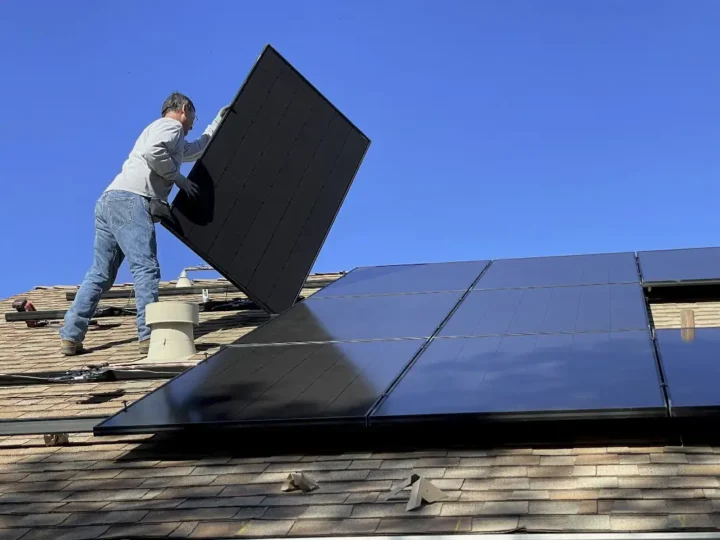Energy-Efficient Upgrades That Pay for Themselves in the Long Run
If you plan to sell your house sometime in the future, you know your upgrades aren’t just for aesthetics and improved comfort, but also for attracting more returns.
With old and new houses commanding higher prices in the competitive real estate market, you can rest assured that your energy-efficient upgrades will pay for themselves in the long run. The changing climatic conditions have raised utility costs in the past few years, forcing many homeowners to opt for energy-efficient home upgrades.

Below, we’ll look at a few energy-efficient upgrades you should consider for optimal returns. If you’re making any of these upgrades, you can trust that you’ll earn back a good percentage of the upgrade costs in resale value.
Replace Your HVAC System
Your HVAC system plays a crucial role in ensuring your rooms maintain a comfortable temperature regardless of the weather outside. However, if you’re using older units that have lasted more than 10 years, you might end up spending more on energy bills than you’re getting value for. In place of the older models, you can use a more efficient, electric air-source heat pump, which offers all-in-one heating and cooling solutions.
In summer, these units will remove warm air from your home and circulate cool air to the respective rooms inside to keep everyone cool and comfortable. In winter, they’ll maintain a warmer interior while blocking off cold air from the outside. Due to the unique heat pump construction and functionality, they typically use one third of the energy traditional HVAC systems use.
To choose the best system for your home size, you’ll need the help of experienced suppliers like the leading HVAC contractor Milwaukee. They’ll help you choose the perfect size for your home that will give you optimal return on your investment (ROI).
Install Solar Panels
There’s no better way to manage your energy consumption than to introduce a renewable and cheaper energy supply to your home through solar panels. While the initial solar panel installation cost might be high, the returns far outweigh the investment cost while also offering an eco-friendly energy production solution. Once your solar energy system is in full operation, you can achieve lower monthly electricity bills, a smaller carbon footprint, and an improved home value.
In some instances, installing solar panels may earn you tax credits depending on the state you come from, helping you save some money annually. You can choose to add solar panels all over your roof, or only install a few panels to add enough energy backup for your home. The more the panels, the higher the initial investment and the higher the ROI.
Upgrade Old Kitchen Appliances
Upgrading old kitchen appliances may not seem like you’re doing much toward energy conservation, but cumulatively, it can significantly boost your home’s energy efficiency in the long run.
Start with the appliances that consume more energy, like dishwashers, refrigerators, and stoves, then look for alternative brands that offer more efficient consumption. Smaller appliances like toasters and microwaves might not need immediate attention, as they tend to consume less energy.
Depending on how long you’re staying in the house, you can live to enjoy the full return on investment in terms of energy costs saved from upgrading your kitchen appliances. Also, upgrading a majority of your kitchen appliances, like the dishwasher and water heater helps with managing water consumption as well.
Repair and Insulate the Roof
Besides protecting your home, your roof also ensures you enjoy a perfect internal temperature regardless of the weather outside. However, this is only possible if you install the right insulation that will prevent air from escaping through the roof.
Both the insulation and the roof must be in perfect condition to achieve the right temperature balance at home. If your roof has holes or missing shingles, you should start by fixing them so you can ensure that nothing damages the insulation once installed.
You’ll then shift to fixing the existing insulation or replacing it entirely. Consider replacing some aged roofing materials that might not insulate properly before starting your insulation project. The entire process of fixing parts of the roof and insulating it can be costly, but a perfect roof and insulation will surely earn a significant return on investment.
Investing in energy-efficient upgrades can look like rewardless luxury projects, but with time, they help homeowners save significantly on their energy consumption. They’re also a way to achieve eco-friendly energy production and consumption trends that are good for our environment.


